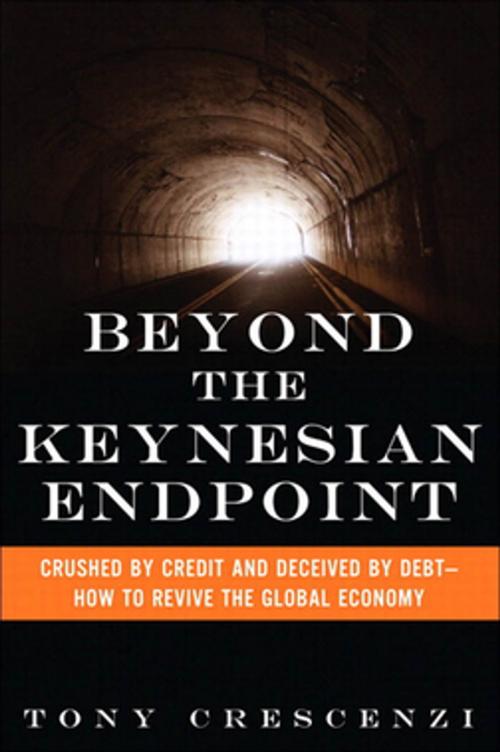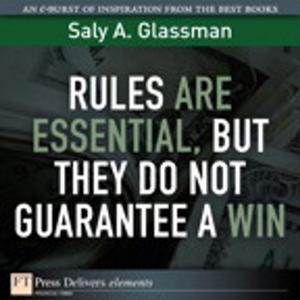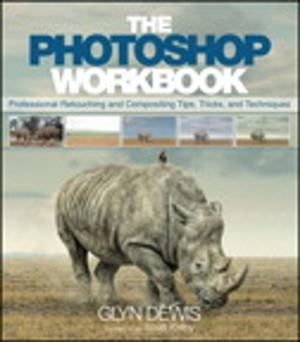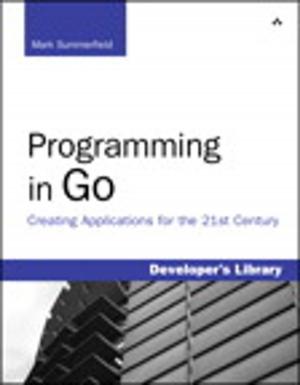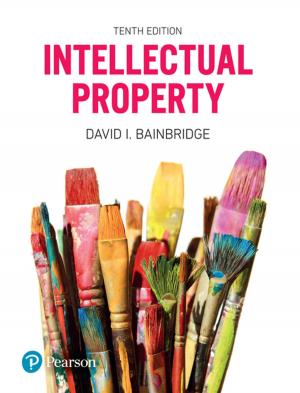Beyond the Keynesian Endpoint
Crushed by Credit and Deceived by Debt -- How to Revive the Global Economy
Business & Finance, Finance & Investing, Investments & Securities, Economics| Author: | Tony Crescenzi | ISBN: | 9780132596596 |
| Publisher: | Pearson Education | Publication: | October 24, 2011 |
| Imprint: | FT Press | Language: | English |
| Author: | Tony Crescenzi |
| ISBN: | 9780132596596 |
| Publisher: | Pearson Education |
| Publication: | October 24, 2011 |
| Imprint: | FT Press |
| Language: | English |
During the Great Depression, legendary British economist Keynes advocated using government money to fill the economic void until consumer spending and business investment recovered. But what happens when governments can't do that anymore? You've arrived at "The Keynesian Endpoint": when the money has run out before the economy has been rescued. That's where we are. Exhausted balance sheets leave policy makers with few viable options to bolster economic growth; increasingly, they point leaders and citizens towards brutal choices that were previously unimaginable. Meanwhile, investors struggle to navigate volatile markets overwhelmed by sovereign debt—and, as they do, they lose tolerance for fiscal recklessness.
In the U.S. and around the world, debt-fueled spending programs devised to cure the global financial crisis are now morphing into poison. In Beyond The Keynesian Endpoint, PIMCO Executive Vice President and market strategist Tony Crescenzi illuminates the mounting sovereign debt crisis, dissects each of the many scenarios now swirling around it, and reveals the profound implications for governments, investors, and the world economy.
During the Great Depression, legendary British economist Keynes advocated using government money to fill the economic void until consumer spending and business investment recovered. But what happens when governments can't do that anymore? You've arrived at "The Keynesian Endpoint": when the money has run out before the economy has been rescued. That's where we are. Exhausted balance sheets leave policy makers with few viable options to bolster economic growth; increasingly, they point leaders and citizens towards brutal choices that were previously unimaginable. Meanwhile, investors struggle to navigate volatile markets overwhelmed by sovereign debt—and, as they do, they lose tolerance for fiscal recklessness.
In the U.S. and around the world, debt-fueled spending programs devised to cure the global financial crisis are now morphing into poison. In Beyond The Keynesian Endpoint, PIMCO Executive Vice President and market strategist Tony Crescenzi illuminates the mounting sovereign debt crisis, dissects each of the many scenarios now swirling around it, and reveals the profound implications for governments, investors, and the world economy.
